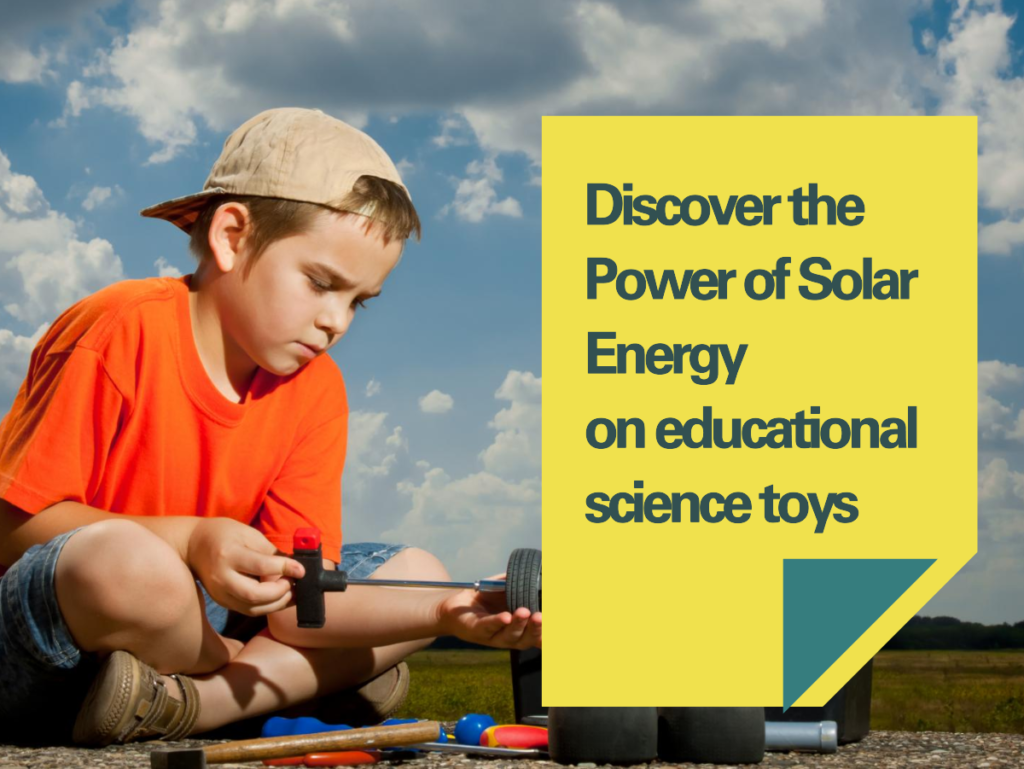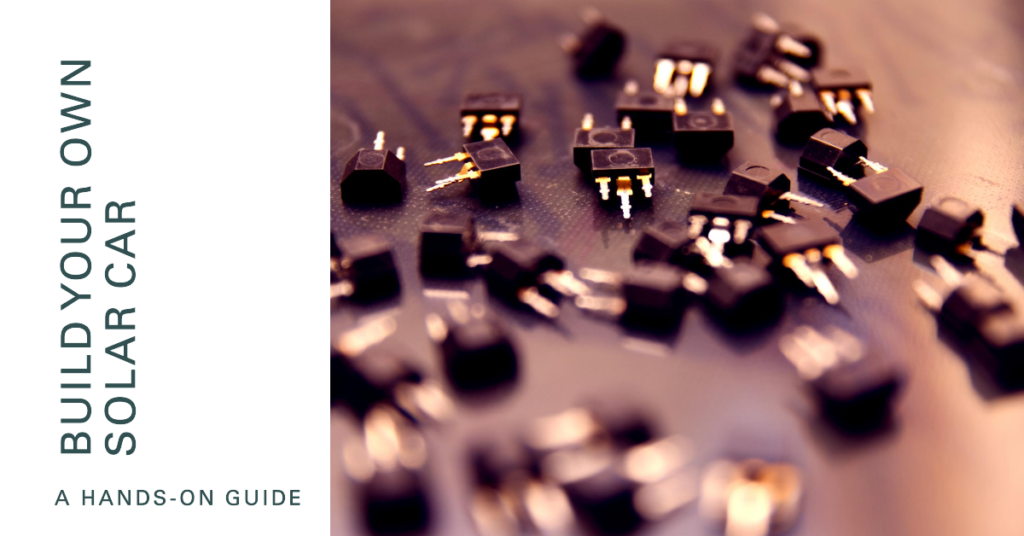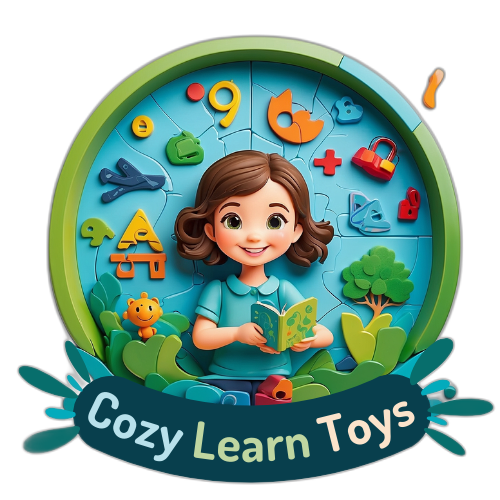
Introduction – Spark Curiosity about Solar Power
Welcome to the world of solar energy, a renewable power source that is transforming our everyday lives. From solar panels on rooftops to powering small gadgets, the sun’s energy is a clean and abundant resource. This educational science toy project will introduce you to the fascinating concept of harnessing solar power.
Solar energy is the conversion of sunlight into electricity. This can be done directly using photovoltaics or indirectly using concentrated solar power. In our daily life, we see solar energy being used in many ways. For example, solar panels on rooftops convert sunlight into electricity, providing a sustainable energy solution for homes.
In this project, we’ll explore solar energy in a fun and engaging way. You’ll get to build your own solar-powered car, learning about basic circuits and problem-solving skills along the way. This hands-on project is not only an excellent science project but also a great way to introduce STEM toys to children.
Building Your Solar Car – Hands-on Learning

Building your own solar car is a fantastic way to understand basic circuits and develop problem-solving skills. This hands-on STEM toy project is a fun and educational science activity that is suitable for children aged 4 years and above. No soldering is needed, making it safe and user-friendly.
Materials List
To build your solar car, you will need the following materials:
- A small solar panel
- A DC motor
- A plastic bottle or any other lightweight material for the body of the car
- Wheels (you can use bottle caps or any other circular objects)
- A small piece of aluminum foil
- Wires
- Tape
You can find these materials in pre-made kits or use readily available, recycled materials. This project is a great way to introduce the concept of “Green Science” and sustainability.
Assembly Instructions
- Attach the wheels to the body of the car: You can use a strong adhesive or tape to attach the wheels to the body of the car. Make sure they are aligned properly to ensure smooth movement.
- Connect the DC motor to the wheels: The DC motor will be the driving force for your car. Attach the axle of the motor to the wheels. You can use a small gear system if you want to enhance the speed of your car.
- Attach the solar panel to the body of the car: The solar panel should be placed in a position where it can receive maximum sunlight. Use adhesive or tape to secure it to the body of the car. Make sure it’s firmly attached and doesn’t wobble.
- Connect the wires from the solar panel to the DC motor: This is the most crucial step as it completes the circuit. The wires from the solar panel should be connected to the terminals of the DC motor. Make sure the connections are secure. If the connections are loose, the motor might not get enough power to drive the car.
Remember, safety is paramount. Always supervise young children during the assembly process and ensure they are handling tools and materials safely.
Component Explanation
- Solar Panel: The solar panel is made up of photovoltaic cells, which convert sunlight into electricity. The electricity generated by the solar panel is used to power the DC motor.
- DC Motor: The DC motor takes electrical energy and converts it into mechanical energy. When the motor receives electricity from the solar panel, it starts to rotate. This rotation is transferred to the wheels, causing the car to move.
- Wheels: The wheels of the car are connected to the DC motor. When the motor rotates, the wheels rotate as well, causing the car to move forward.
- Body of the Car: The body of the car serves as the base for all the components. It holds the solar panel, the DC motor, and the wheels. It can be made from any lightweight material like a plastic bottle.
By understanding the function of each component and how they work together, you can troubleshoot issues and even come up with ways to improve your solar car’s performance.
Electronic Projects for Kids 8-12
Race Your Car & Experiment – Hands-on Learning, Creativity, and Design

Now that you’ve built your solar car, it’s time to have some fun! This part of the project encourages creativity, design thinking, and hands-on learning.
Decoration & Personalization
Your solar car doesn’t have to be just a science project. It can also be a canvas for your creativity. Use paint, markers, and recycled materials to decorate your car. You can even incorporate a theme, like your favorite animal or superhero, to add another layer of engagement. This is a great way to make your DIY fun project unique and personal.
Friendly Race (Optional)
Why not take your solar car for a spin? You can hold a race with other student-built cars or organize a solar car competition at school. Participating in a race offers learning opportunities such as teamwork and sportsmanship. It’s not just about winning; it’s about learning and having fun.
Experimentation
Experimenting with different designs and materials can enhance your understanding of solar power and basic science principles. Try changing the size and angle of the solar panel or adding weight for stability. Document your observations and learnings in a fun and engaging way, like keeping a science journal or making drawings.
Conclusion – Celebrate Success & Encourage Exploration

Congratulations on building and racing your solar car! This educational science toy project has hopefully sparked your interest in renewable energy and basic science principles. It’s not just a fun toy, but a hands-on learning experience that is suitable for elementary school age groups.
Recap & Learning Points
Let’s recap what we’ve learned from this project:
- Solar Power: You’ve seen how the sun’s energy can be harnessed to power a car. This is a small-scale example of how solar panels work on rooftops, converting sunlight into electricity.
- Basic Circuits: By building the solar car, you’ve learned about basic circuits. You’ve seen how a solar panel, wires, and a motor can be connected to create a working circuit.
- Problem-Solving Skills: Assembling the car and troubleshooting issues required problem-solving skills. This is a key skill in many STEM fields.
- Creativity and Design: Decorating your car allowed you to express your creativity. This is an important aspect of many scientific and engineering projects.
- Hands-on Learning: This project was a hands-on learning experience. You’ve learned by doing, which is often more effective than just reading or listening.
Further Exploration
The world of renewable energy and STEM is vast and exciting. There are many other renewable energy sources to explore, like wind and hydro power. You can also delve deeper into the science behind solar power and circuits.
There are many resources available for continued learning. You can find online resources, books, and additional projects that delve deeper into these topics. Remember, the journey of learning never ends. Keep exploring, keep experimenting, and most importantly, keep having fun!

[…] Diy Solar Powered Car for Elementary Students (No Soldering) […]